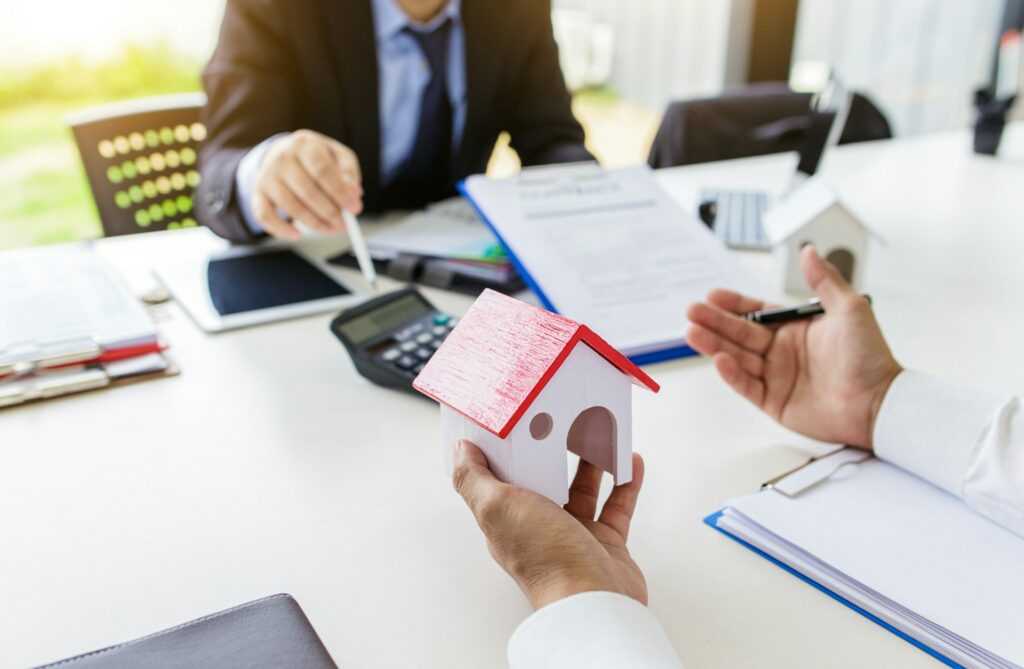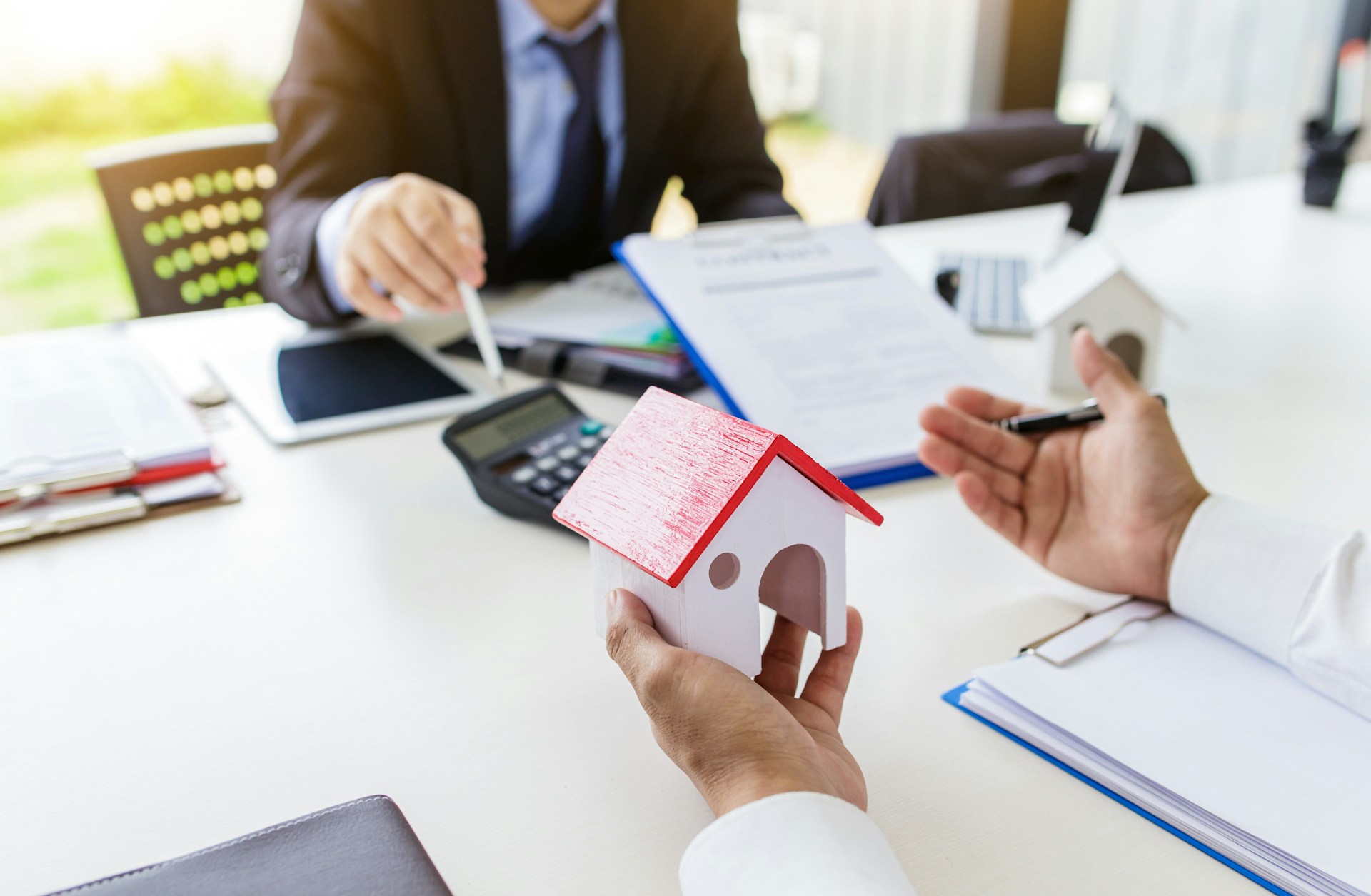
Selling your property quickly and at a good price involves more than just listing it on the market. One of the most crucial steps is setting the right price. Pricing your property too high can discourage potential buyers, while pricing it too low might leave you short-changed. Getting this balance right can make the difference between a fast, successful sale and a prolonged, stressful process.
Understanding how to price your property begins with thorough research. A Comparative Market Analysis (CMA) can help you compare similar properties in your area, giving you an idea of what buyers are willing to pay. This is essential for setting a price that is both competitive and attractive.
Market conditions also play a significant role in pricing. Knowing whether it’s a buyer’s or seller’s market can influence your pricing strategy. Additionally, being aware of local trends and economic factors can help you better understand the real estate landscape and set a realistic price.
In the following sections, we’ll delve into these aspects in more detail, providing practical tips to help you price your property right for a quick sale. Whether you’re a first-time seller or an experienced investor, these insights will guide you through the process effectively. Let’s explore how you can set the perfect price to sell your property swiftly and efficiently.
Conducting a Comparative Market Analysis
Conducting a Comparative Market Analysis (CMA) is essential for setting the right price for your property. This process involves looking at recently sold properties in your area that are similar in size, condition, and features to your own home. By comparing these properties, you can get an idea of what buyers are willing to pay in your neighbourhood.
Start by gathering data on recently sold properties, also known as “comps”. Look for homes that are similar to yours in terms of bedroom and bathroom count, square footage, and lot size. Make sure to only include properties that have sold within the last six months to ensure the data is current. Pay attention to the sale prices, how long the homes were on the market, and any price reductions they might have had before selling.
Next, consider the condition and age of these comps. A newly renovated home will likely sell for more than a similar home that needs updates. Additionally, properties with unique features like a swimming pool or modern kitchen can command higher prices. By comparing these details, you can adjust your price to reflect the true value of your home in the current market.
Understanding the Impact of Market Conditions
Market conditions can significantly affect how you price your property. Knowing whether you are in a buyer’s market or a seller’s market can help you determine the best pricing strategy. In a seller’s market, where there are more buyers than properties available, you might be able to set a higher price since demand exceeds supply. Conversely, in a buyer’s market, with more properties than buyers, you may need to price your home more competitively to attract interest.
Local economic factors also play a role. Factors such as employment rates, population growth, and new developments in your area can influence property values. For instance, if a large company opens a new office nearby, it might drive up demand for housing in your neighbourhood, allowing you to set a higher price.
Seasonal trends can also impact market conditions. Spring and summer are typically peak seasons for property sales, as families prefer to move during school holidays. If you’re selling your home during these times, you might benefit from increased buyer activity. On the other hand, selling in the winter months may require a more aggressive pricing strategy to draw buyers in.
By understanding these market conditions and how they affect property values, you can make a more informed decision about pricing your home to ensure a quick and successful sale.
Setting a Competitive and Realistic Price
Setting a competitive and realistic price is critical for attracting potential buyers and ensuring a quick sale. A well-priced property can generate more interest and potentially lead to multiple offers. The goal here is to set a price that reflects the true market value without scaring away prospective buyers.
Start by considering the data gathered from your Comparative Market Analysis. The average price of similar properties in your area gives you a benchmark to work with. Aim to set your price close to this average but be mindful of any unique features your property has that could justify a higher price.
It’s also wise to leave a little room for negotiation. Buyers often expect to negotiate the price, so setting your price slightly above what you’re willing to accept can provide some flexibility. However, avoid overpricing as it may deter buyers from even considering your property.
Consulting with a real estate professional can be beneficial as they have the expertise and market knowledge to help you set the best price. They can provide insights into what buyers in your area are looking for and how to position your property to stand out in a crowded market.
Adjusting Your Price Based on Buyer Feedback
Once your property is on the market, it’s important to stay open to feedback from potential buyers. This feedback can offer valuable insights into how your property is perceived and whether the price is attracting interest.
If you’ve had several viewings but no offers, it might be time to reconsider your pricing strategy. Feedback can highlight any issues that might be turning buyers away, such as the condition of the property or its overall appeal. It’s possible that making minor improvements or adjustments could enhance its attractiveness.
Monitoring similar properties that are still for sale can also provide clues. If competing homes are selling while yours remains on the market, it might indicate that your price is too high. Consider a small price reduction to spark renewed interest. Even a slight adjustment can make a significant difference in encouraging offers.
Regularly reviewing the feedback and adjusting your price as necessary shows buyers that you are serious about selling. It also helps in maintaining momentum and keeping your property appealing to prospective buyers.
Conclusion
Pricing your property correctly from the start is one of the most crucial steps in achieving a quick and successful sale. By conducting a thorough Comparative Market Analysis, understanding current market conditions, and setting a competitive price, you can attract serious buyers and generate interest quickly. Don’t forget to listen to buyer feedback and be willing to make adjustments as needed.
Selling a home can be a complex process, but the right pricing strategy makes it much smoother. If you’re looking to sell your property and need expert guidance, consider reaching out to us at ZenEdge Realty. We specialise in helping homeowners like you achieve the best possible results. Contact us today to learn how we can assist you in pricing and selling your property efficiently.
